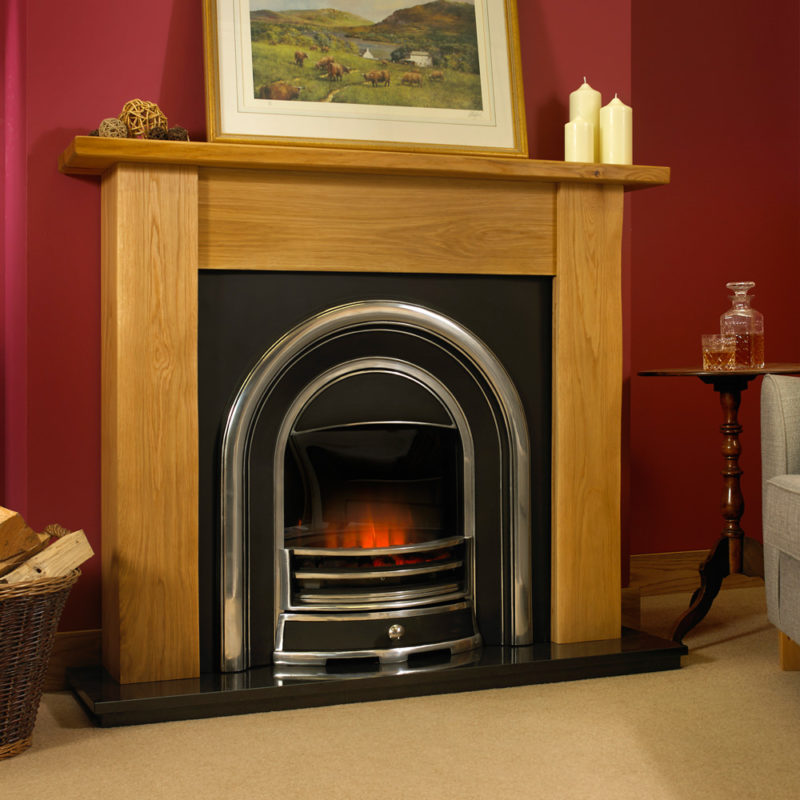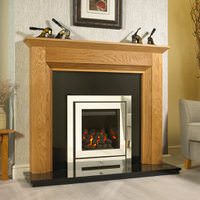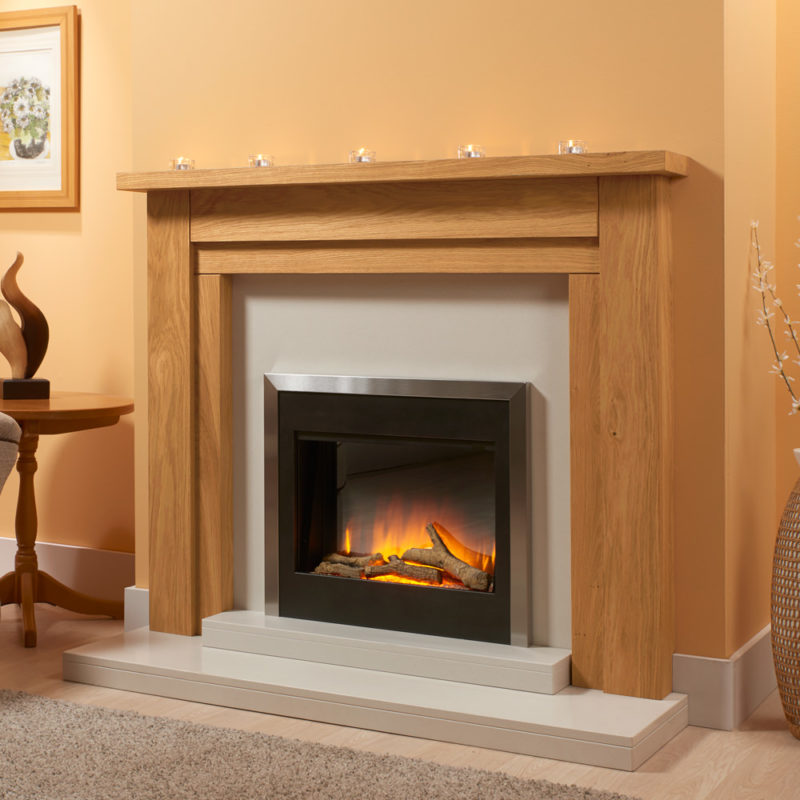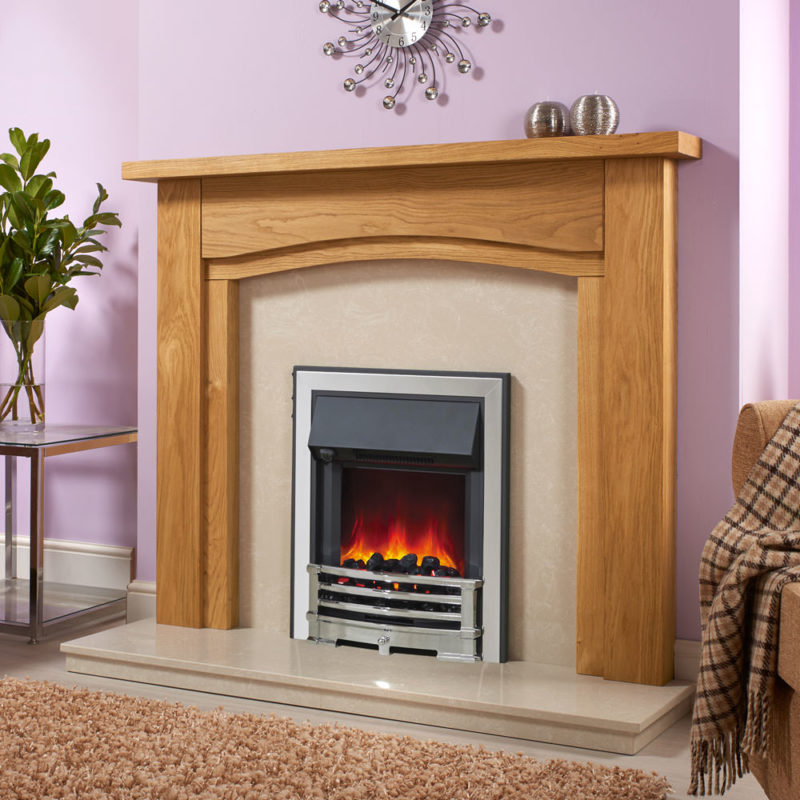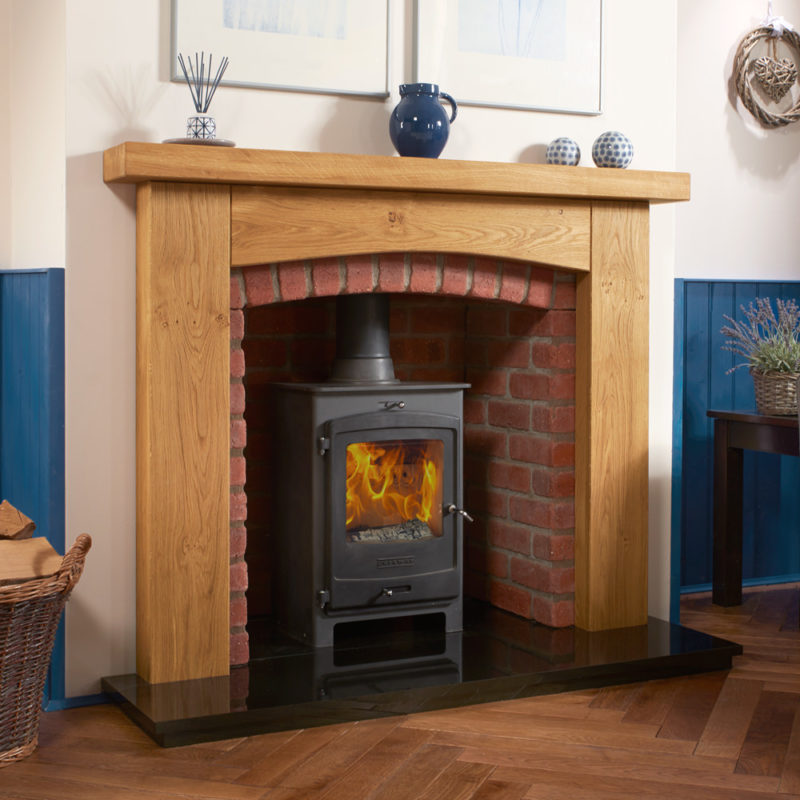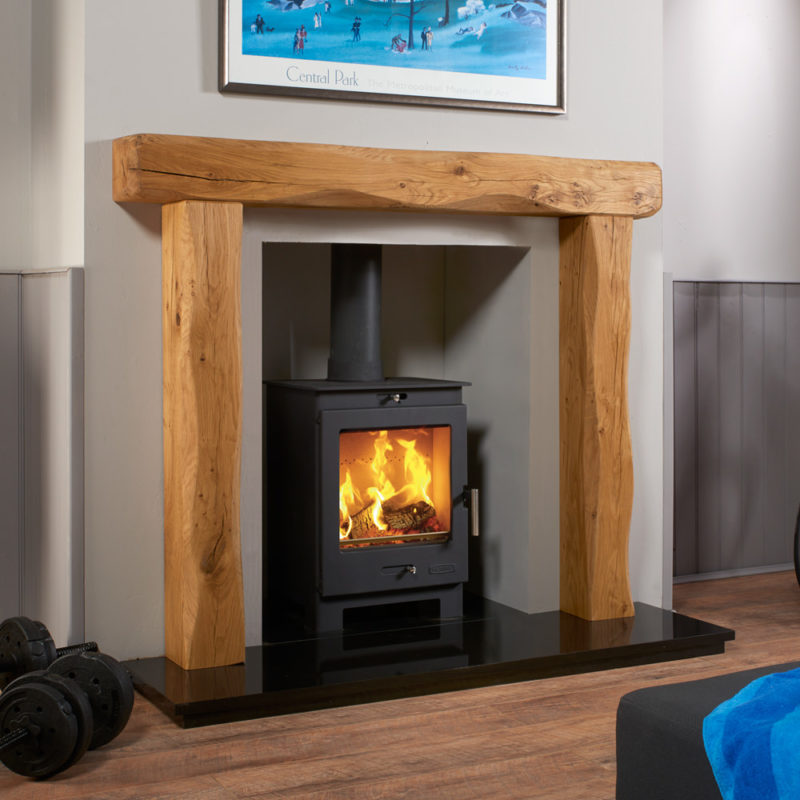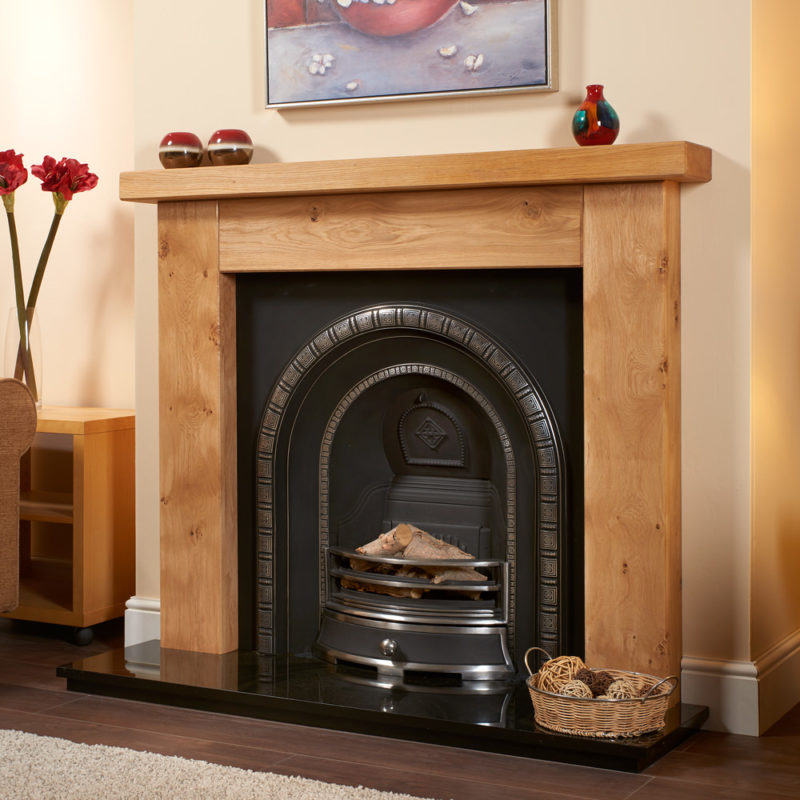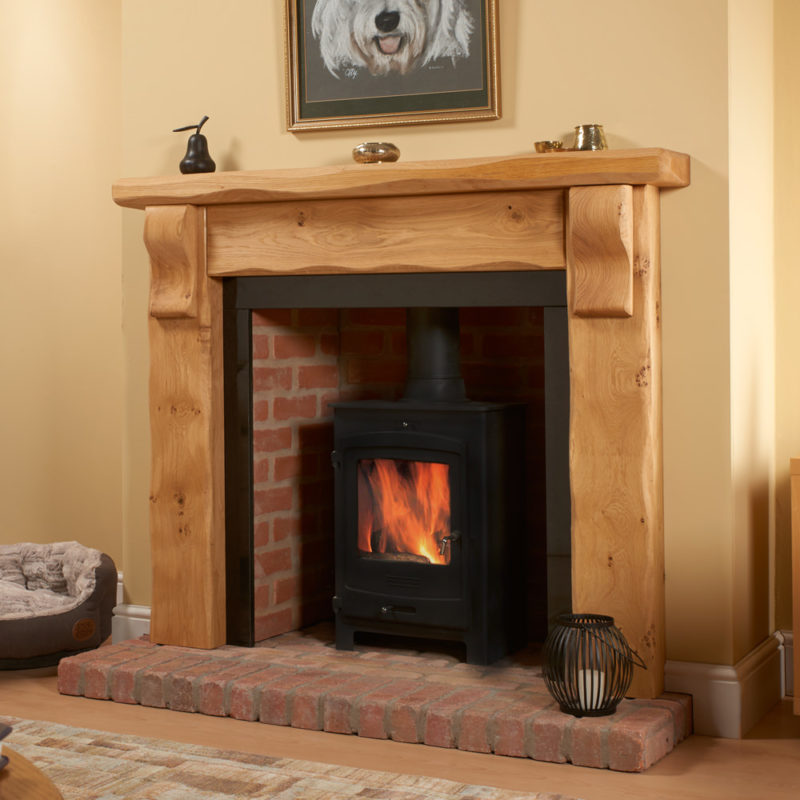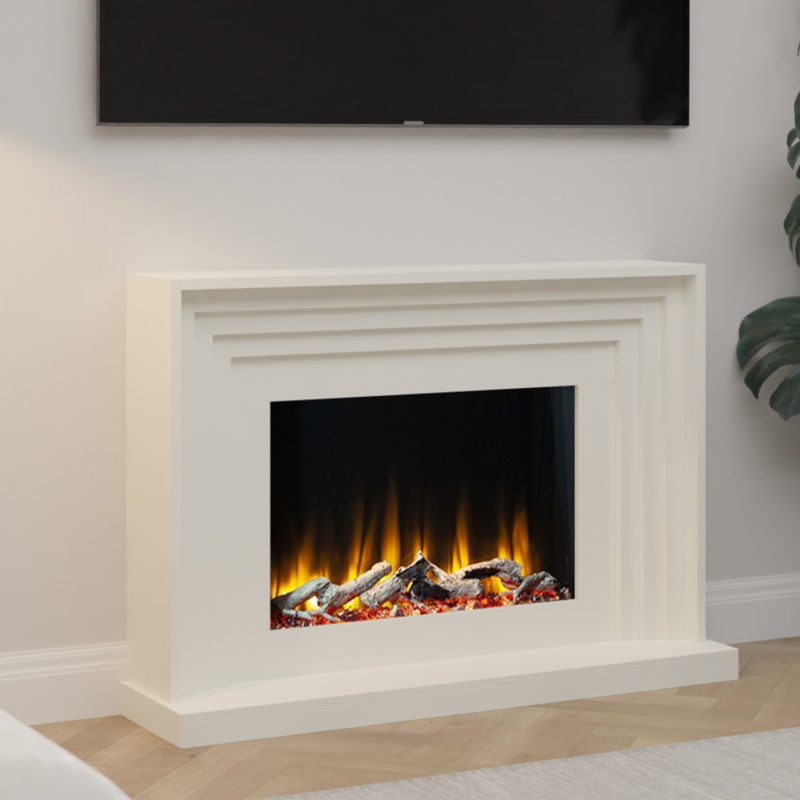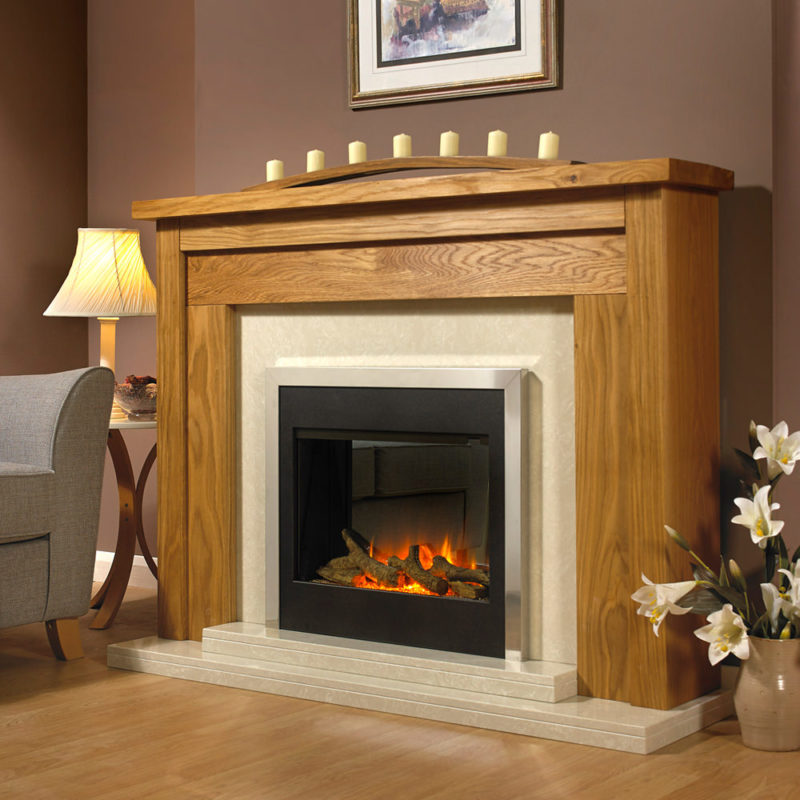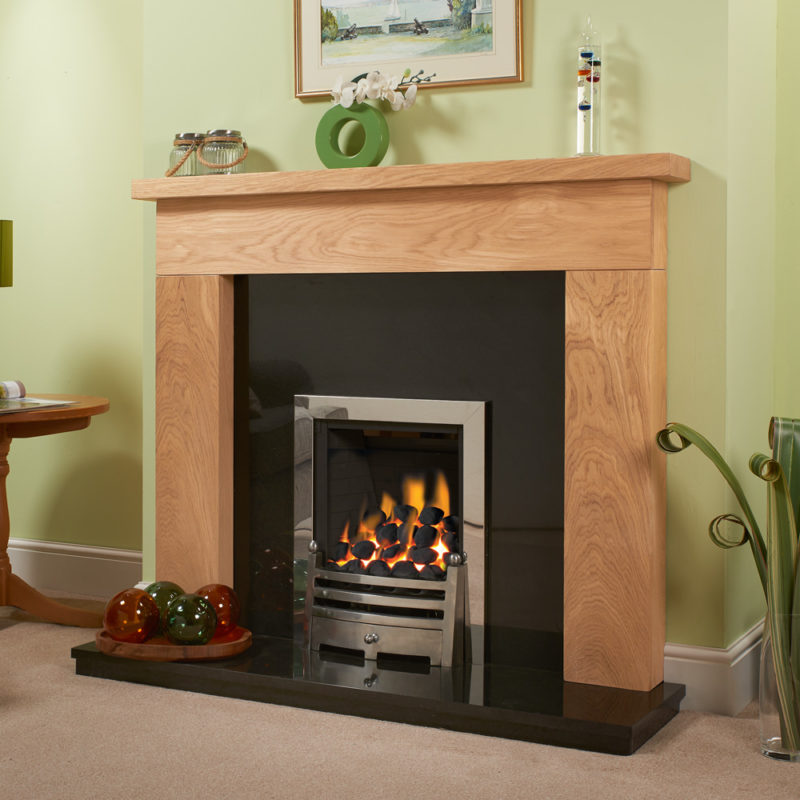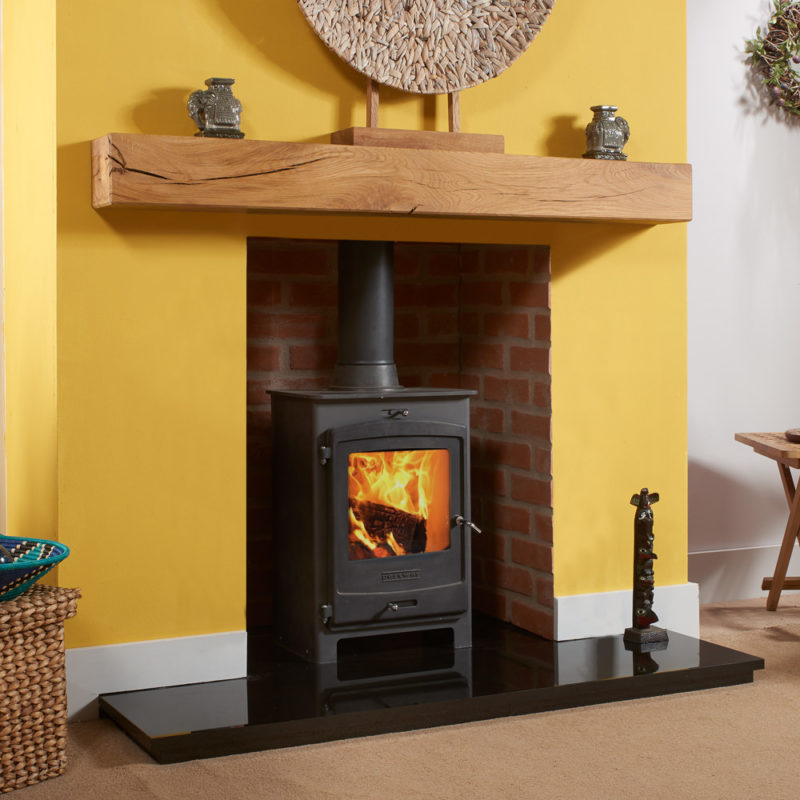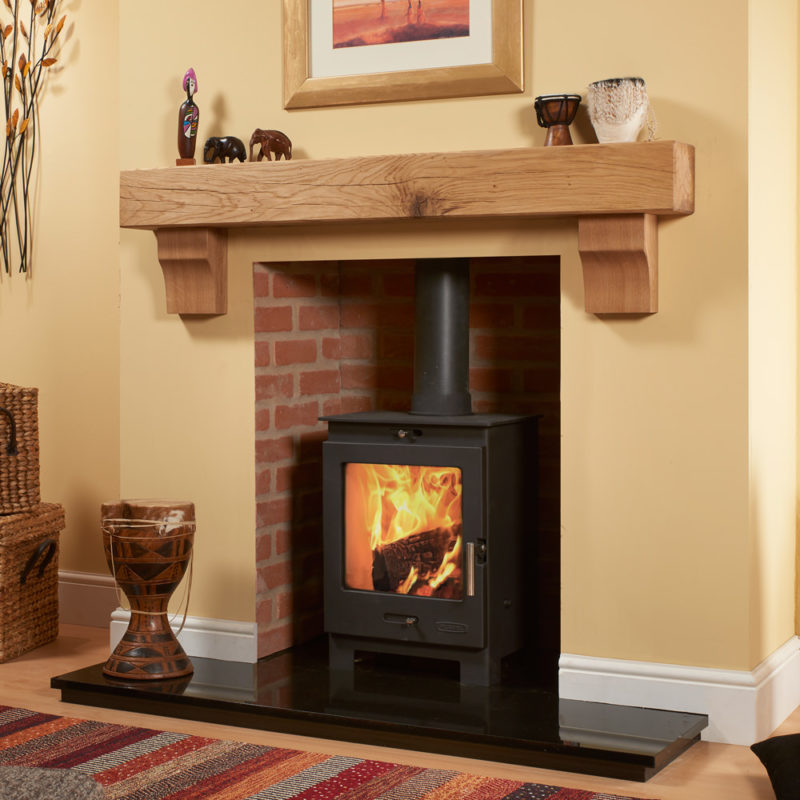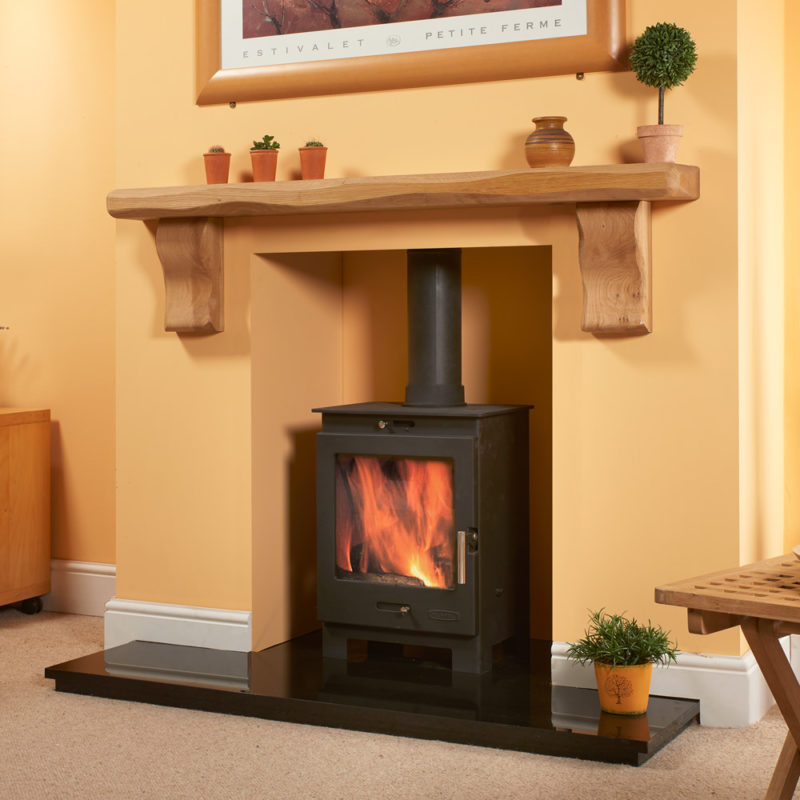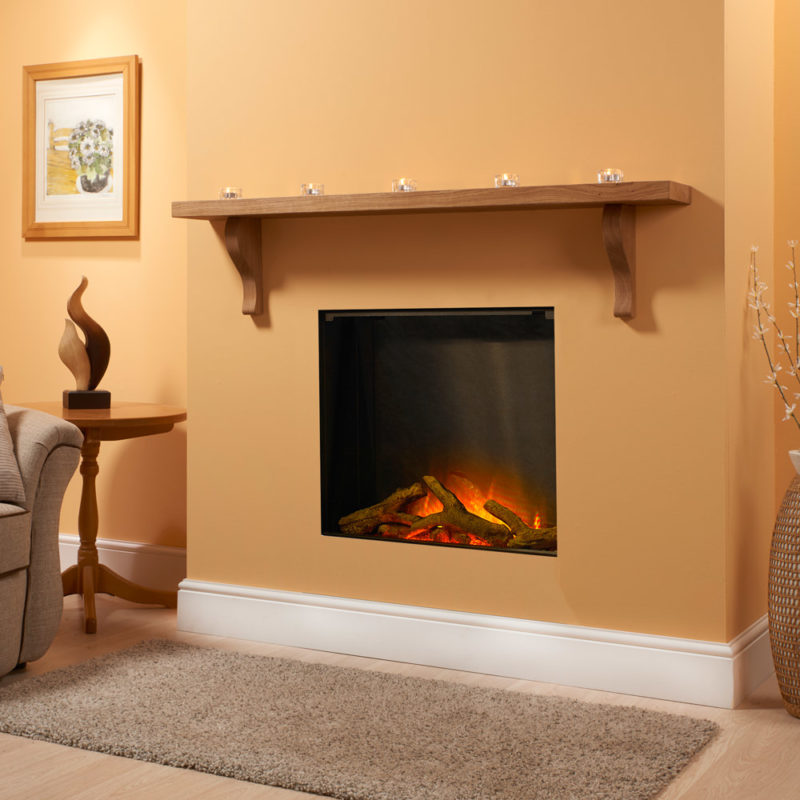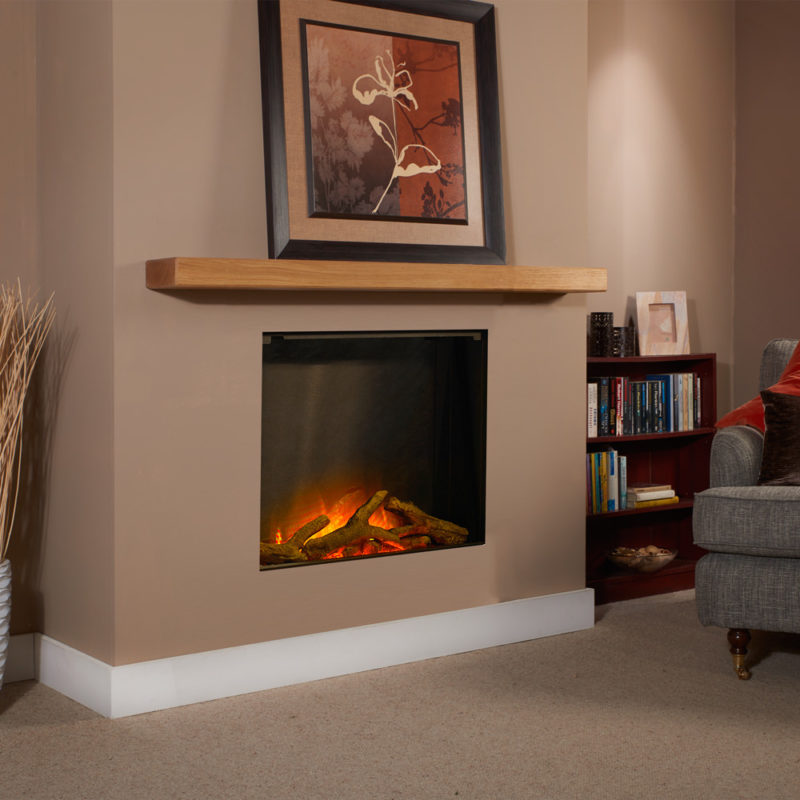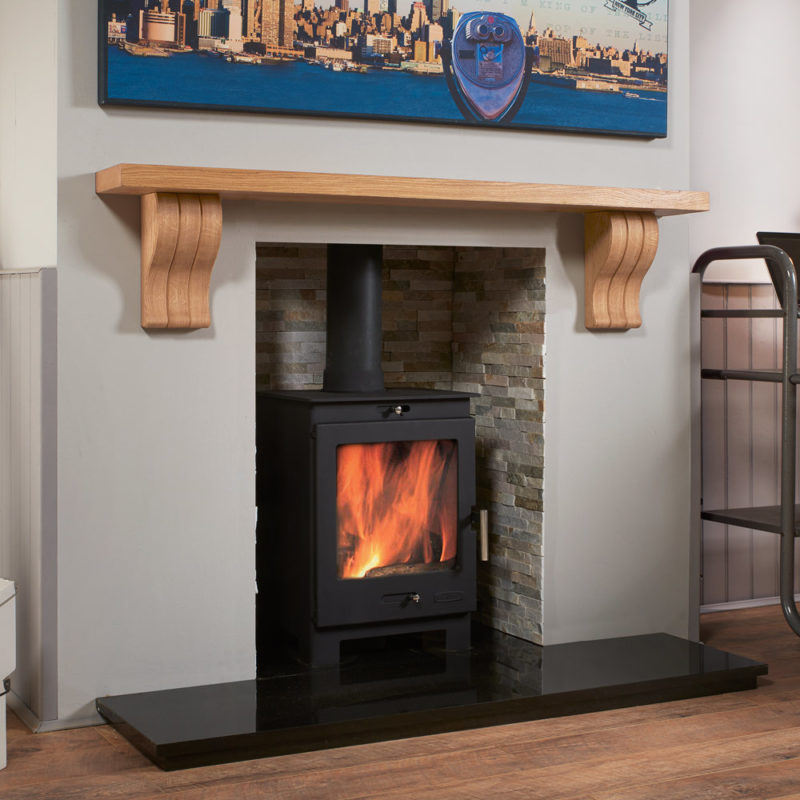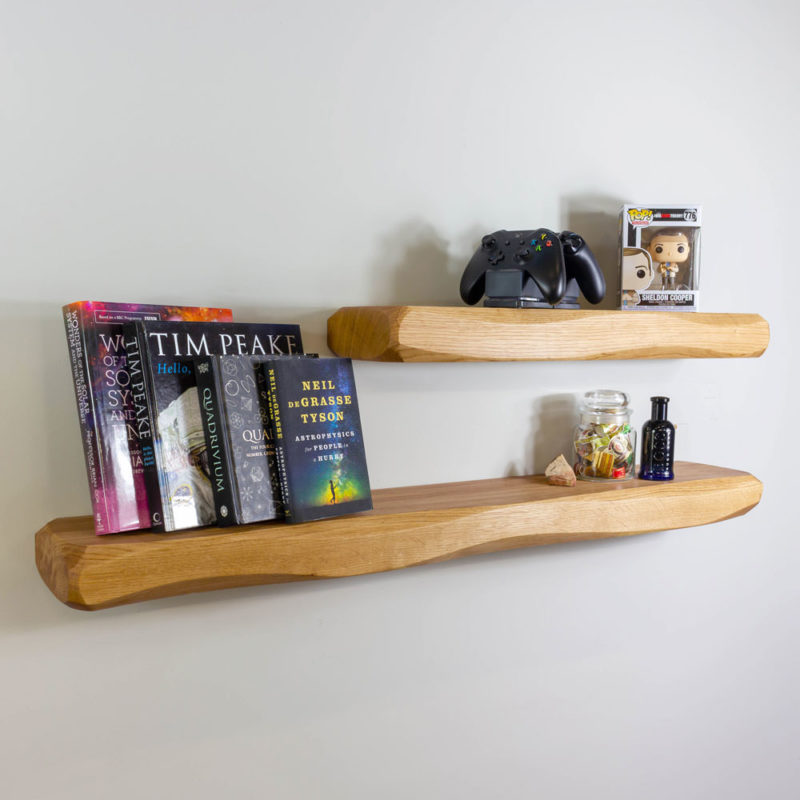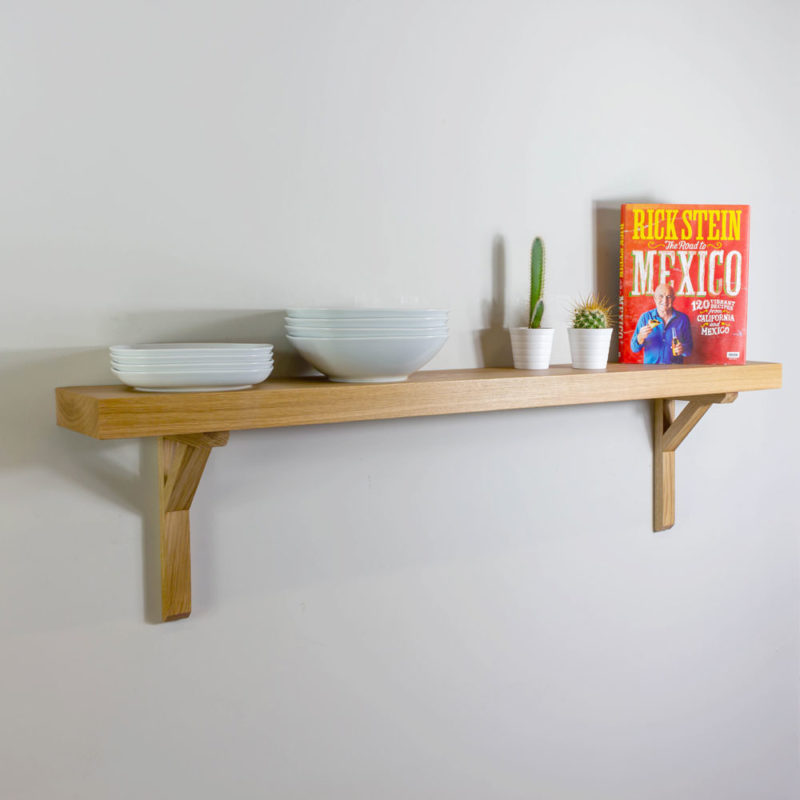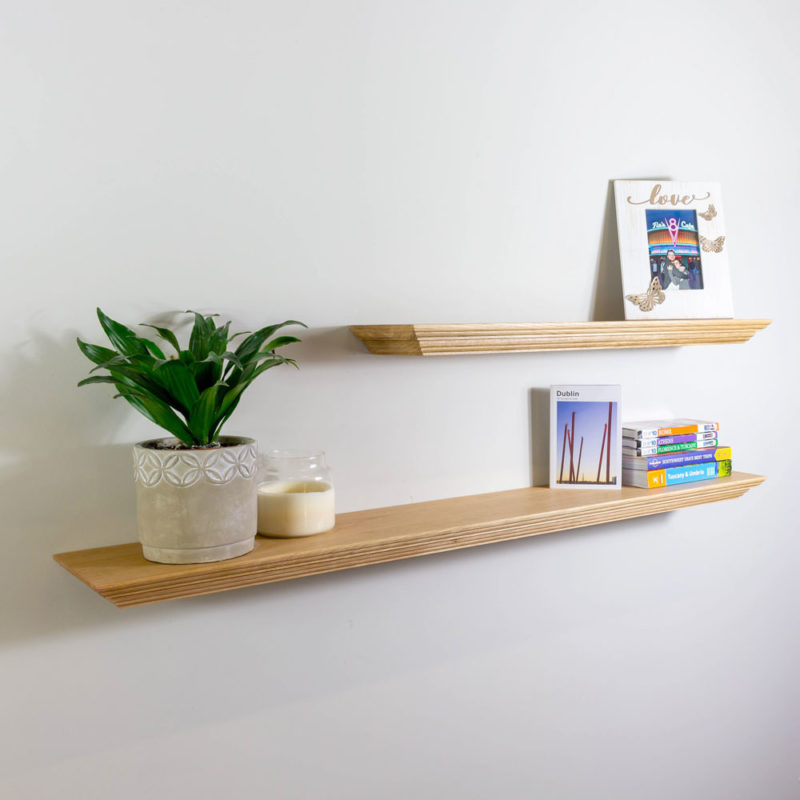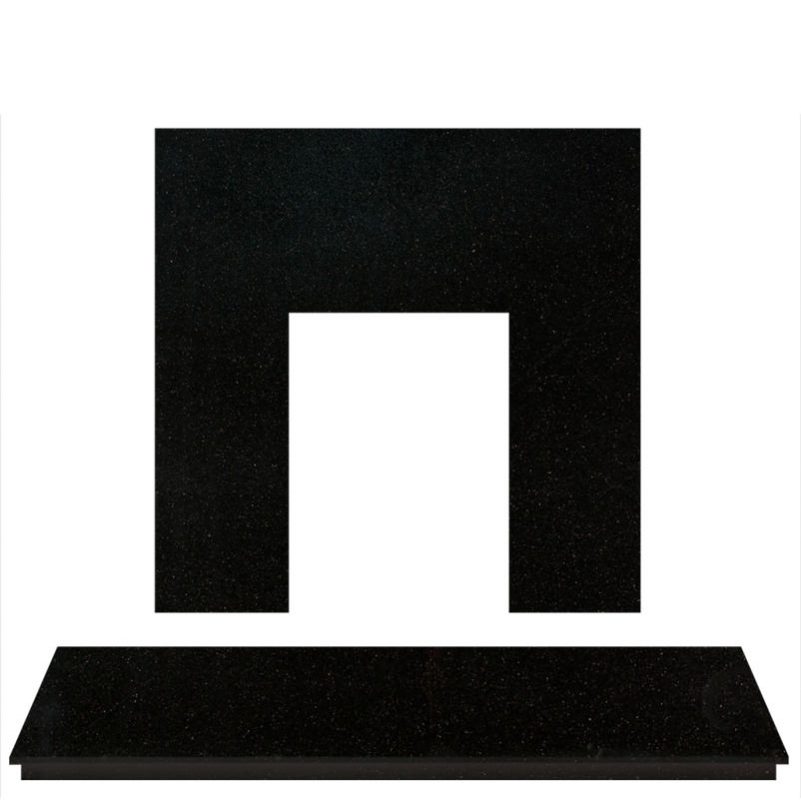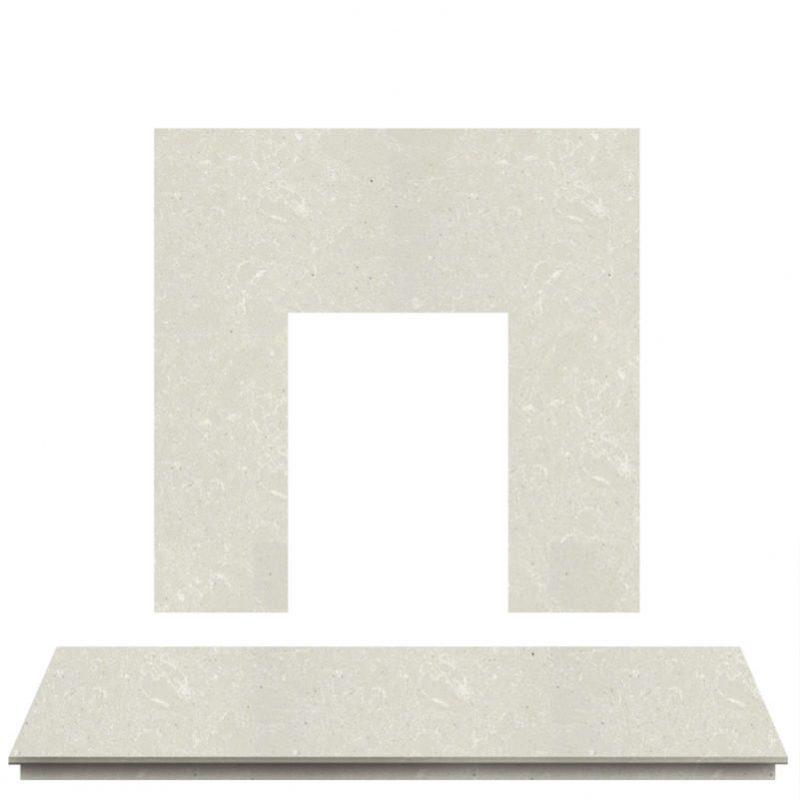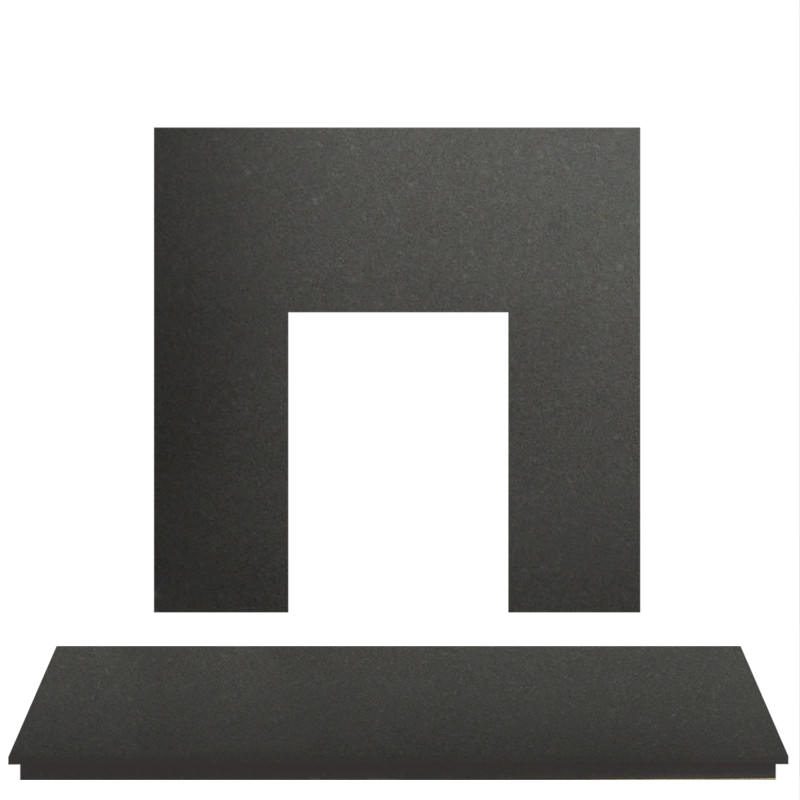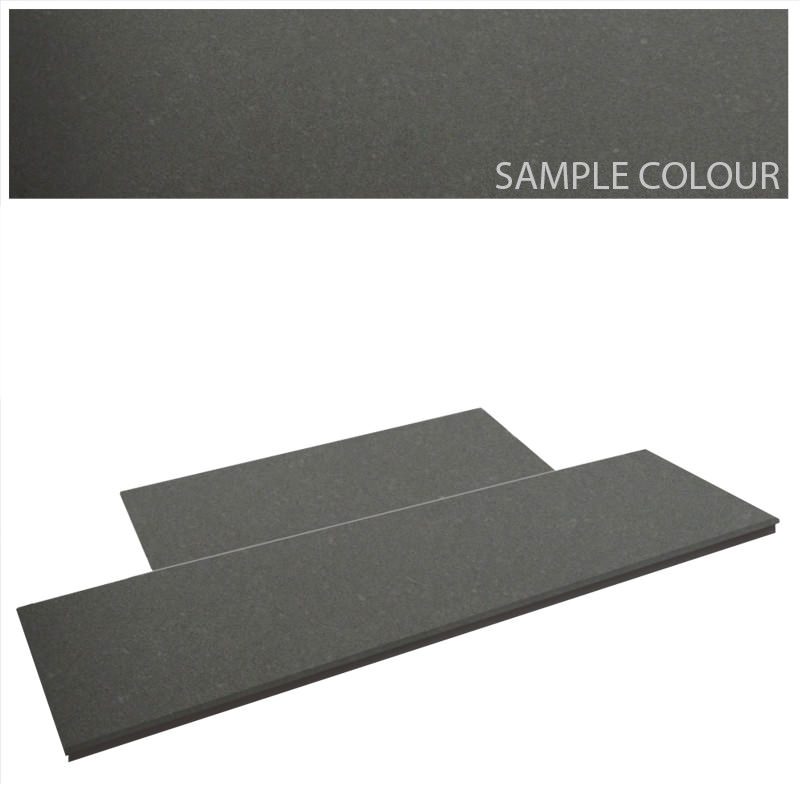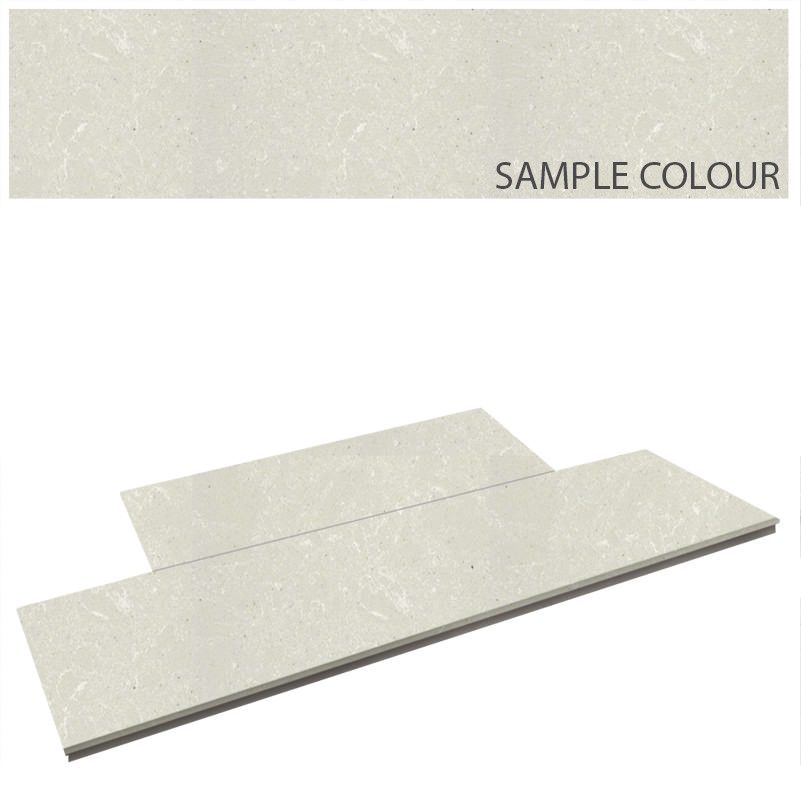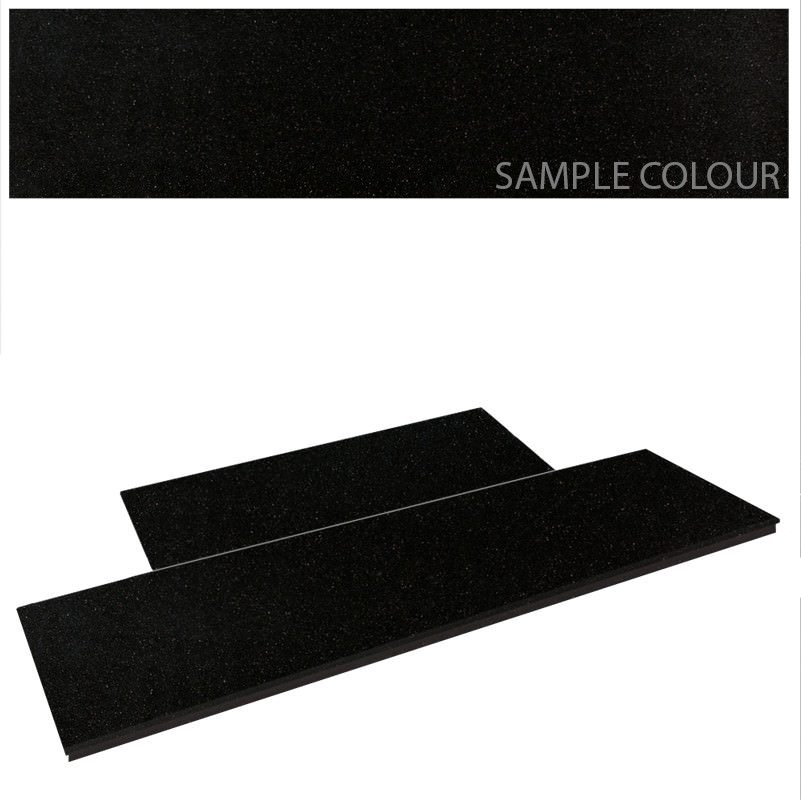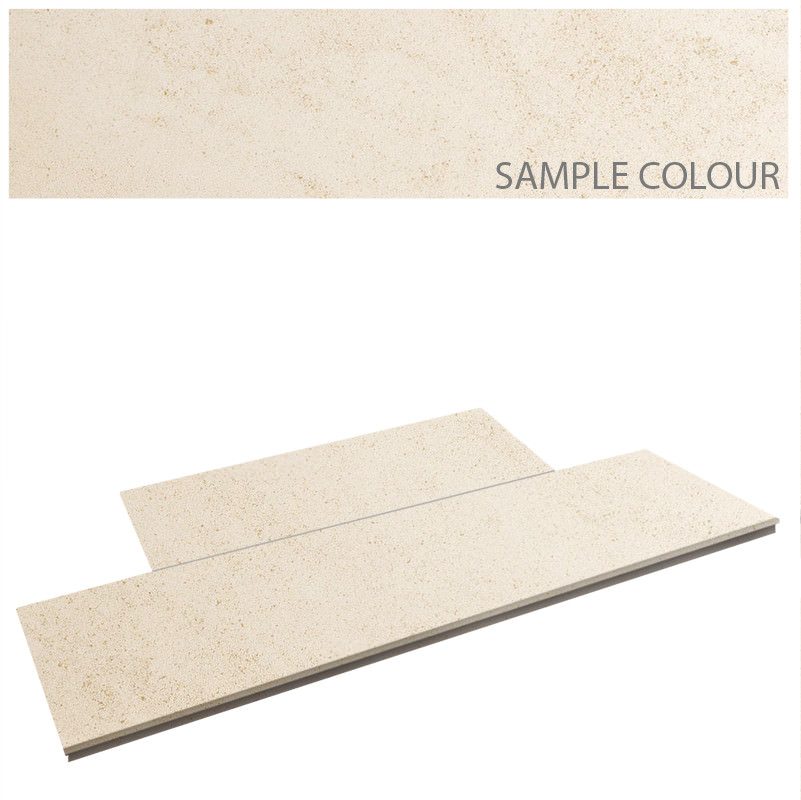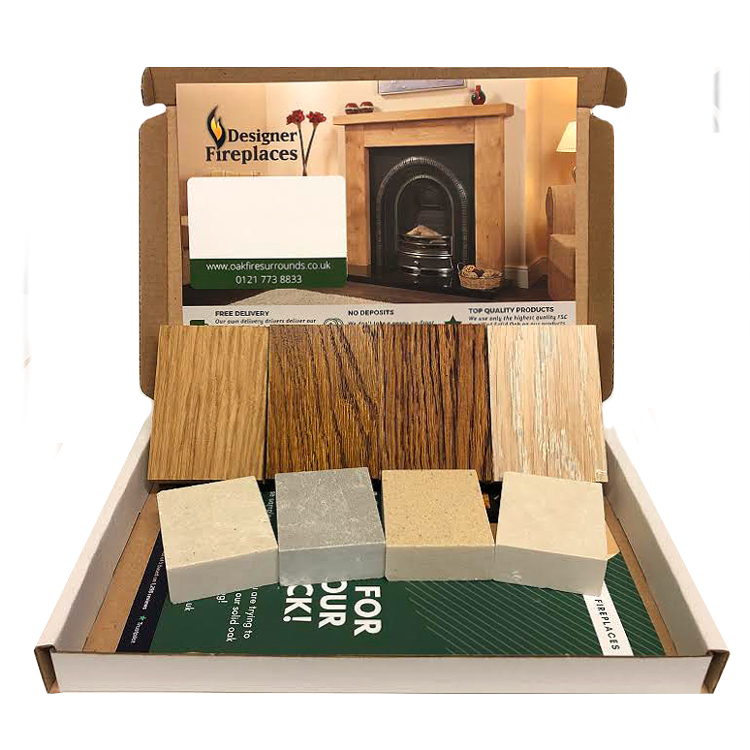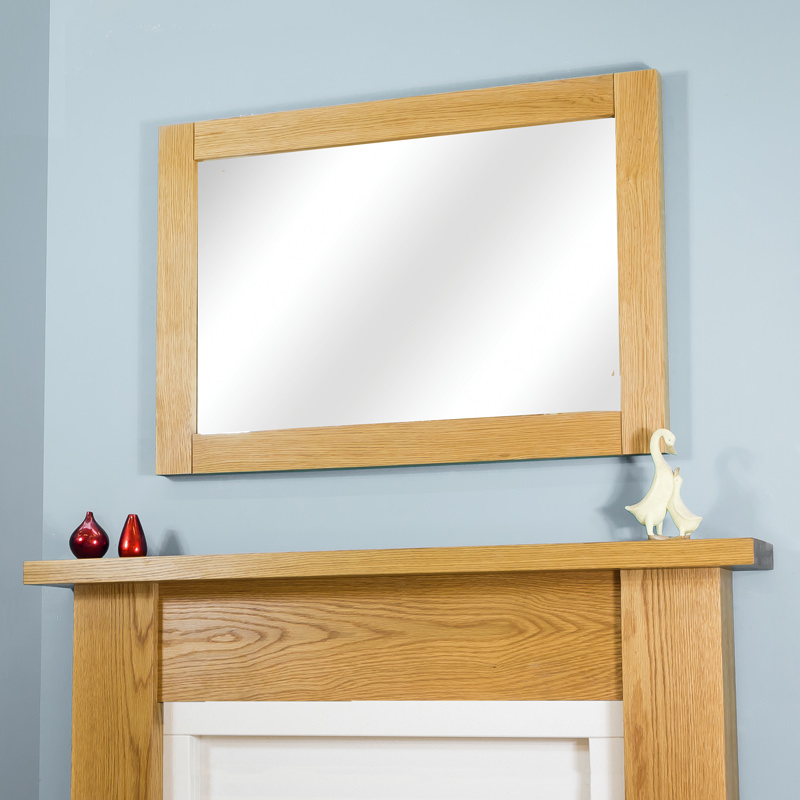Oak Blog, Uncategorised
What Type Of Oak Suits Me?
Whether its for an oak fire surround, oak mantel shelf or any other type of oak product which style of Oak suits you best?
Oak is just Oak, or is it?
There are many different types of timbers, Oak, Pine, Beech and Ash to name a few, but can it possibly get more technical then that? Believe it or not, but every timber product around you has undergone a different process of drying, this includes your oak fireplace, door, floor or sometimes even the beams in your wall. Different drying methods are required depending on the purpose you have for your product, for example the drying method applied to your fireplace will be different from the drying method used to create your garden table.
Three popular drying methods are often used when choosing to manufacture a timber based product.
Kiln Dried, Air Dried, Naturally unseasoned
Choosing a different drying method often dictates more than just the speed of manufacture, for example an Unseasoned Oak beam will often contain open splits and high moisture content, as a Kiln dried beam will contain low moisture content and fewer splits.
Kiln Dried
One of the most popular methods of drying timber and often used in manufacturing furniture, you will often see Kiln dried timber in oak fire surrounds, doors, floors and other interior products. When an oak board is Kiln dried it becomes considerably lighter compared to a board in its natural unseasoned form this is due to reduced moisture content. Kiln dried oak achieves its desirable clean finish by having its moisture content removed by method of a Kiln. The oak boards are placed within the kiln where the drying process is controlled to evenly reduce the amount moisture internally as well as externally. This process leaves the oak boards with little shrinking movement making them ideal for indoor items as they will not move as dramatically as a timber with high moisture content. If you are looking for a clean finish timber with no cracks, natural kiln dried oak would be the ideal choice for you.
Air Dried
Air drying timber is a traditional method and involves stacking one beam on top of another each with a gap in between. Creating a gap in between each beam allows air to circulate between the timbers removing the moisture content naturally. Unlike unseasoned oak Air Dried timber loses moisture content gradually over time so the external surface timber does not shrink into the internal core as dramatically. As it still retains some moisture as it is dried outside it can shrink and expand but to a much lesser degree than unseasoned oak. Air dried timber is a good medium between kiln dried oak and unseasoned oak it is mainly used for fireplace beams and in restoration projects.
Unseasoned Oak
Unseasoned Oak is the most natural form of timber that you can buy; having little manufacturing process attached to it Unseasoned Oak has high moisture content on the externally as well as internally. As unseasoned oak contains a lot of moisture it is a very heavy timber and is better suited to outdoor items and people who desire a rustic, antique finish as their choice for indoor furniture. When used as indoor furniture unseasoned oak often develops larger natural shakes, as the outer moisture content dries much quicker than the internal moisture content, causing the outer surface to shrink into the core and weaker points in the timber to expand.
There are many different forms of oak each containing individual properties and water content. Depending on the use and purpose you have for the timber there are different factors that you must take into account, including your own personal tastes and price range. Kiln dried oak can prove to be considerably more expensive than unseasoned oak and the characteristic finish to be very different. Some people may prefer a more rustic style for their fireplace in which case air dried oak may be the more preferable choice.
For more information about our range of solid oak fire surrounds, Mantel Shelves, and Mirrors take a look at www.oakfiresurrounds.co.uk

